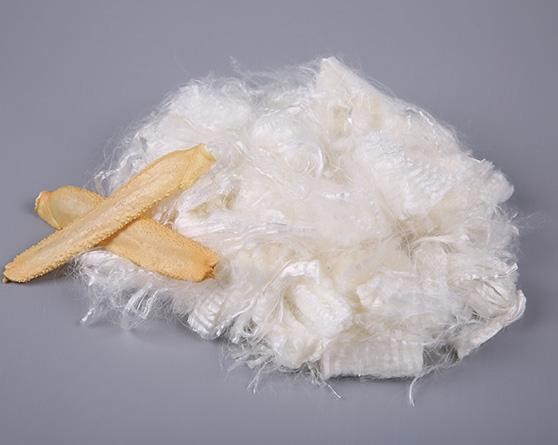Home>News
What is bio-based chemical fiber?
- 2025-06-13
Bio-based chemical fiber is a fiber made of biomass or polymers containing monomers from biomass. The product has the properties of ecological environmental protection, human affinity, antibacterial comfort, and waste biodegradability. It has been widely used in underwear, shirts, socks, home textiles and other products.
Synthetic fiber uses petroleum as the main raw material. As a disposable resource, petroleum is facing the dilemma of increasing depletion. At the same time, traditional synthetic fibers are also not easy to degrade, and the harm caused by "white pollution" has attracted great attention.
In order to meet the needs of green environmental protection and sustainable development, research and development of new bio-based chemical fibers has become a strategic plan for developed countries. In recent years, bio-based fiber production technologies have continued to emerge, and bio-based fibers have been widely used in products such as clothing and home textiles.
Bio-based fiber or bio-source fiber (Bio-based fiber) refers to fibers made from renewable organisms or biological extracts. It is different from fibers produced from non-renewable petrochemical resources such as coal and oil.
There are many varieties of bio-based fibers. For the convenience of research and use, they can be classified from different angles:
1) From the biological properties, they can be divided into animal fibers, plant fibers and microbial fibers;
2) From the industrial classification, they can be divided into agricultural by-product fibers and marine by-product fibers;
3) According to the production process, bio-based fibers can be divided into three categories:
Bio-based virgin fibers are animal and plant fibers that are directly used after being processed by physical methods;
Bio-based regenerated fibers are fibers made from natural animals and plants, which are made into spinning solutions by physical or chemical methods, and then prepared by appropriate spinning processes;
Bio-based synthetic fibers are made from biomass, which are made into high-purity monomers by chemical methods, and then polymerized to obtain high-molecular-weight polymers, and then processed into fibers by appropriate spinning processes.
Bio-based regenerated fibers and bio-based synthetic fibers are collectively referred to as bio-based chemical fibers. So what are the differences between these two types of fibers?
Bio-based regenerated fibers do not change the original chemical structure of biomass macromolecules. The spinning process is a reconstruction of their physical form, which only changes the aggregate structure.
The chemical and physical properties of bio-based synthetic fibers depend on the monomers used, and have nothing to do with the source of the monomers.
In other words, synthetic fibers can be made with bio-based monomers or petroleum-based monomers, and the properties of fibers made with the same monomers are the same. Bio-based synthetic fibers emphasize that their monomers come from organisms.
viscose fiber spun lace nonwoven
Biodegradable -
Biodegradable Fabric For Wet Wipes -
Printed Spunlace Nonwoven Fabric -
Viscose Polyester Spunlace Nonwoven -
Flushable Spunlace Nowoven -











